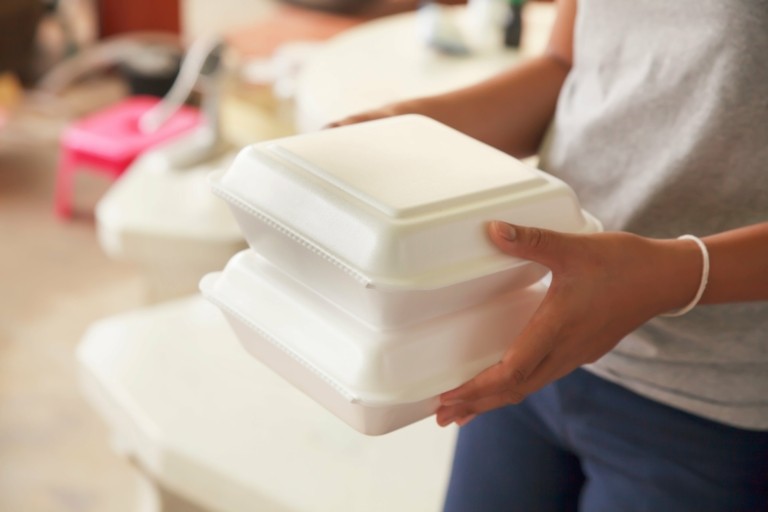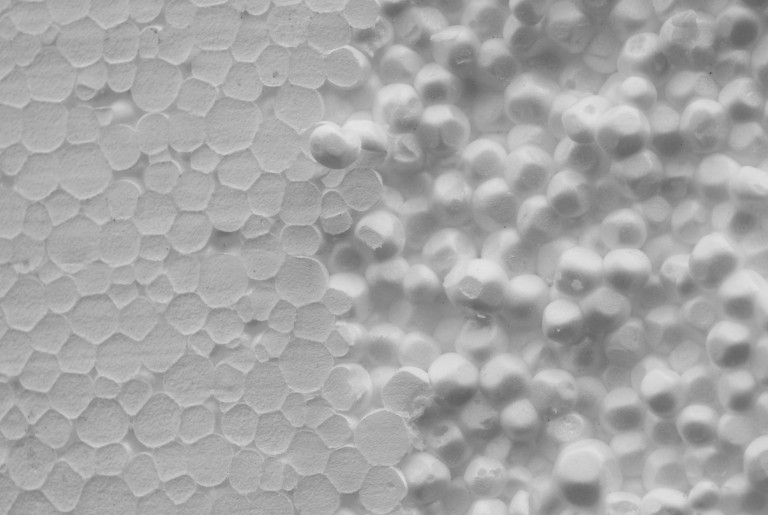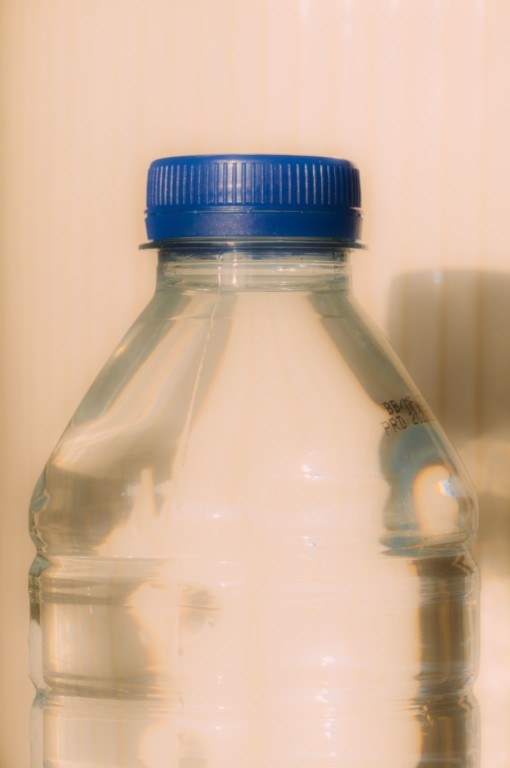
Biodegradable testing can be confusing and many organizations will direct you to a path that is even more confusing. We at BioSphere want to help you understand the basics behind different testing methods and standards in the marketplace.
ASTM D5511 – 18: Standard Test Method for Determining Anaerobic Biodegradation of Plastic Materials Under High-Solids Anaerobic-Digestion Conditions
Information and Definition: This test allows your company to claim biodegradation in bioreactor landfills or landfills that recirculate their leachate, in the USA there are around 1090 or 1/3rd of the current active landfills are considered to be bioreactor landfills or recirculate their leachate as of 2020. This is not a valid test for claiming complete biodegradation in every landfill environment. If you are testing under this testing method, you should test the ASTM D5526 in conjunction if you are wanting the testing to be relevant in all landfills that are active in the USA. This allows you to start marketing landfill biodegradation utilizing the ASTM D5511-12 test method which is a 45 day test, while the ASTM D5526-12 is underway.
ASTM D5526 – 12 Standard Test Method for Determining Anaerobic Biodegradation of Plastic Materials Under Accelerated Landfill Conditions
Information and Definition: This biodegradable test was the second landmark in ASTM when switching the ASTM D5511-12 test methodology from Landfills to Bioreactor landfills, initially the ASTM D5511 test stated it was for landfill conditions, the ASTM D.20 sub-committee which is organized and operated by competing products from the biodegradable additive industry had the method changed due to companies complying with the ASTM D5511 test and therefore wanted to reduce competition in the marketplace and annoyance for anyone seeking alternatives from BioResin’s due to the limited nature of BioResins. ASTM D5511 has been performed by many organizations and millions of dollars have been spent on testing under those testing methods, in 2011 the powers that be on ASTM then made the change from landfill representation to bioreactors, in 2012 the landfill biodegradation was added back into ASTM D5511 and now it represents a landfill environment for recirculating lechate back into the landfill, the ASTM D5526-12 was essentially the new test. If you are planning to market a product in the USA under the ASTM D5511-12 test method. The biodegradable testing method ASTM D5526-12 is representation of all landfill environments and is conducted over a 3-6 month period of time.
ASTM D5209-92 Standard Test Method for Determining the Aerobic Biodegradation of Plastic Materials in the Presence of Municipal Sewage Sludge (Withdrawn 2004)
Information and Definition: Due to the overwhelming control of the ASTM D.20 by BioResin representatives Ramani Narayan, whom receives royalties from Cargill and Natureworks and Steve Mojo of the Biodegradable Products Institute, the standard test method for determining Aerobic Biodegradation of plastic materials no longer exists and it was shelved due to the intention of additives biodegrading plastics as stated in the method. “This test method covers the determination of the degree and rate of aerobic biodegradation of synthetic plastic materials (including formulation additives that may be biodegradable) on exposure to activated-sewage sludge inoculum under laboratory conditions. ” (from the ASTM D5209-92 test method)
ASTM D6003-96 Standard Test Method for Determining Weight Loss From Plastic Materials Exposed to Simulated Municipal Solid-Waste (MSW) Aerobic Compost Environment (Withdrawn 2005)
Information and Definition: Unfortunately this standard test method was also withdrawn due to PolyLactic Acid not passing the method.
ASTM D5338 – 98e1 Standard Test Method for Determining Aerobic Biodegradation of Plastic Materials Under Controlled Composting Conditions
Information and Definition: The ASTM D5338-11 is the testing method which was chosen by Ramani Narayan and Steve Mojo, this testing method asks for an Aerobic environments to be at 140F so that PLA will melt and move through a 2 MM sieve while releasing CO2 during the morphing stage and reduction of the polymer chains due to heat. This was not the original testing method for Aerobic Environments, the original test was ASTM D6003-96 which was withdrawn due to the Sub-Chair of the ASTM D.20.
ASTM D6400 – 12 Standard Specification for Labeling of Plastics Designed to be Aerobically Composted in Municipal or Industrial Facilities
Information and Definition: This standard was changed and is different then the ASTM D6400-11 standard which implies that all companies testing the ASTM D6400-12 standard should retest to this standard, the EN13432 which is the European Standard for compostable plastics requires all products to biodegrade within 180 days under temperatures between 132 and 134.5F with 90% conersion to CO2, while the ASTM D6400-12 tests directs everyone to review the EN13432 test, the test method is different and the standard is different. The ASTM D6400-12 test is a 180 day test at 140F. Composting is the same in both Europe and the United States, the US just does not have many industrial compost facilities, Municipal facilities do not reach 140F so the test standard title is incorrect, most municipal facilities only reach to 130F which is not covered in this standard.
Simulated Landfill Testing Simulation of landfill for Anaerobic biodegradation of materials under Federal Regulated Limits Set Out by the EPA
Simulating a landfill can be done by modifying current methodology of converting the temperature and solids content of methods created by the ASTM and ISO bodies. The current Federal limit of landfills are found in the EPA guidelines of managing landfills. The current temperatures are 131F or 55C, BioSphere conducts their ASTM D5511-12 Modified testing between the ranges of 52C +-1C, this allows for the simulation of landfills while conducting current testing methodology.
Soil Testing – Hydrocarbon testing EPA 8015
The EPA Soil Testing EPA 8015 gives the ability for manufacturers to see that the material continues to biodegrade to completion. We qualify the complete biodegradation of the material by conducting these tests in accordance to the new set standards by the FTC Green Guides. This allows customers and regulators to see the material biodegrades by microorganisms to material found in the environment as set by the definition of biodegradable: capable of being broken down especially into innocuous products by the action of living things.



